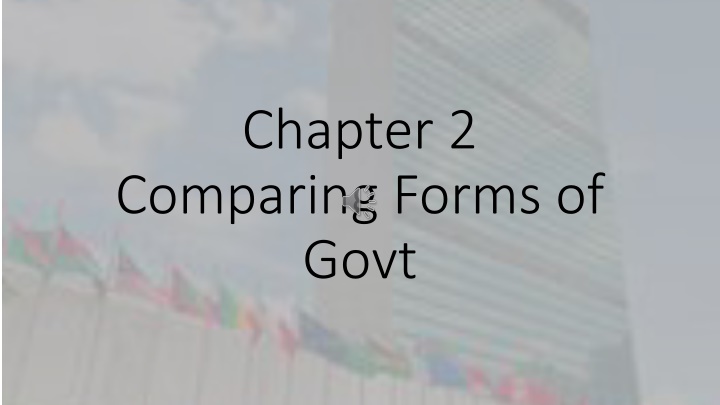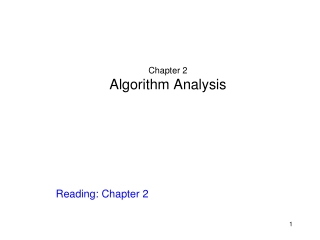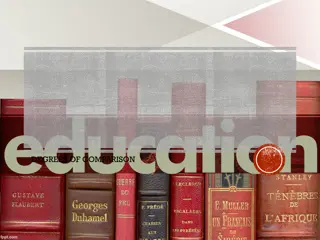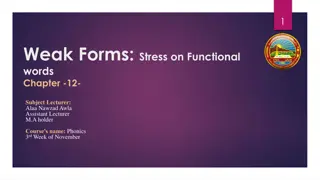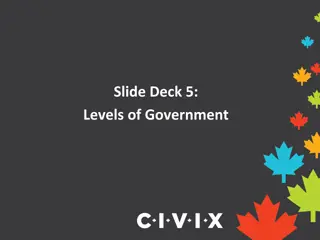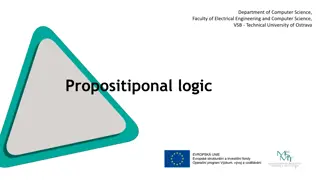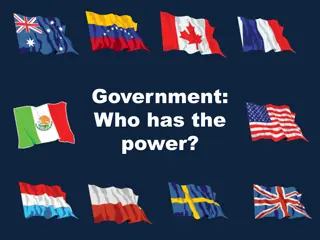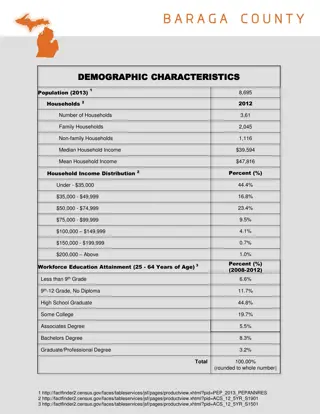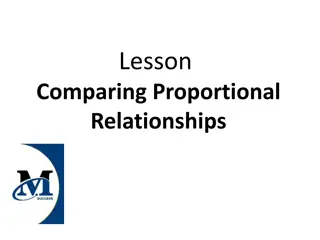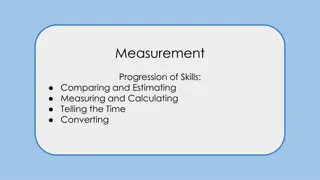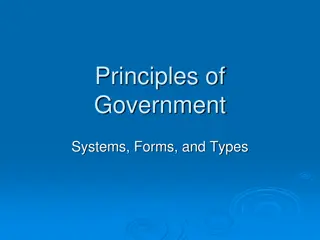Comparing Forms of Government
Totalitarian governments like Soviet communism and fascism, monarchies, dictatorships, theocracies, and democracies are discussed, along with the distribution of power in unitary, federal, and confederal systems, and different economic systems.
Download Presentation

Please find below an Image/Link to download the presentation.
The content on the website is provided AS IS for your information and personal use only. It may not be sold, licensed, or shared on other websites without obtaining consent from the author.If you encounter any issues during the download, it is possible that the publisher has removed the file from their server.
You are allowed to download the files provided on this website for personal or commercial use, subject to the condition that they are used lawfully. All files are the property of their respective owners.
The content on the website is provided AS IS for your information and personal use only. It may not be sold, licensed, or shared on other websites without obtaining consent from the author.
E N D
Presentation Transcript
Chapter 2 Comparing Forms of Govt
A. Totalitarian govts 1. Soviet communism 2. Fascism: power given to corporations--expansionist, nationalist, militaristic 3. Nazism: a type of fascism with an emphasis on racial superiority
B. Forms of govt today 1. monarchies a. the oldest form of govt still in use today b. efficient & clear succession
2. Dictatorships: a. an indiv or sm group controls govt (take power, monarch inherits) b. risk: abuse of power 3. Theocracies: religious govt; only Iran & Vatican City
4. Democracies a. Representative democracies: give power to ordinary citizens when they elect their leaders 1. Parliamentary democ: parliam chooses prime minister (get more done, but no separation of exec & legis power) 2. Presidential democracy: exec branch (Pres) is separate from legislature
b. Direct democracy: each citizen has an = voice (ex. New England Town Hall) c. Disadvantages 1. less efficient than monarchies, dictatorships & single party states 2. time consuming: elections, meetings
C. Distribution of power 1. Unitary system: power is centralized 2. Federal system a. divides power between natl & state govt b. more common in lg countries w/diverse populations c. framers of Constit feared a central govt that was too powerful
3. Confederal system: local, regional power over central govt which is too weak to be effective
D. Economic Systems 1. Traditional: st of living is low & ppl barely meet their basic needs 2. Market (free enterprise, capitalism): production of goods & services is driven by profit motive, econ consumption & supply & demand
3. Command a. govt planners decide how much of what to produce b. communism & socialism: attempts to address the inequalities of industrial capitalism 4. Mixed a. most common in world today b. Ex. China & US
